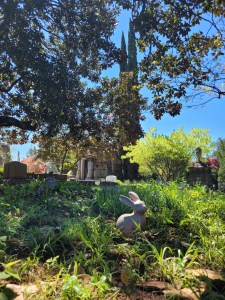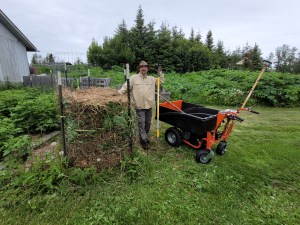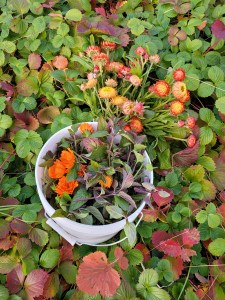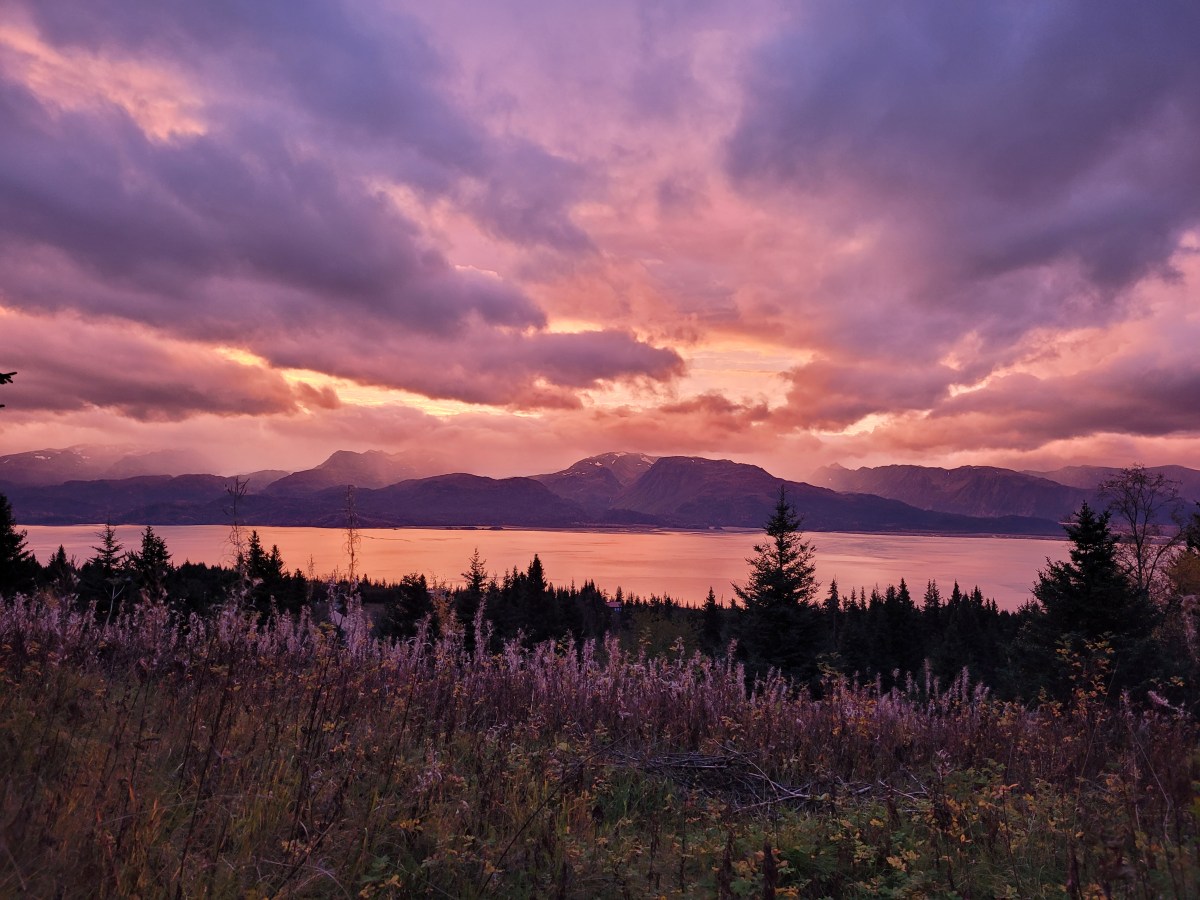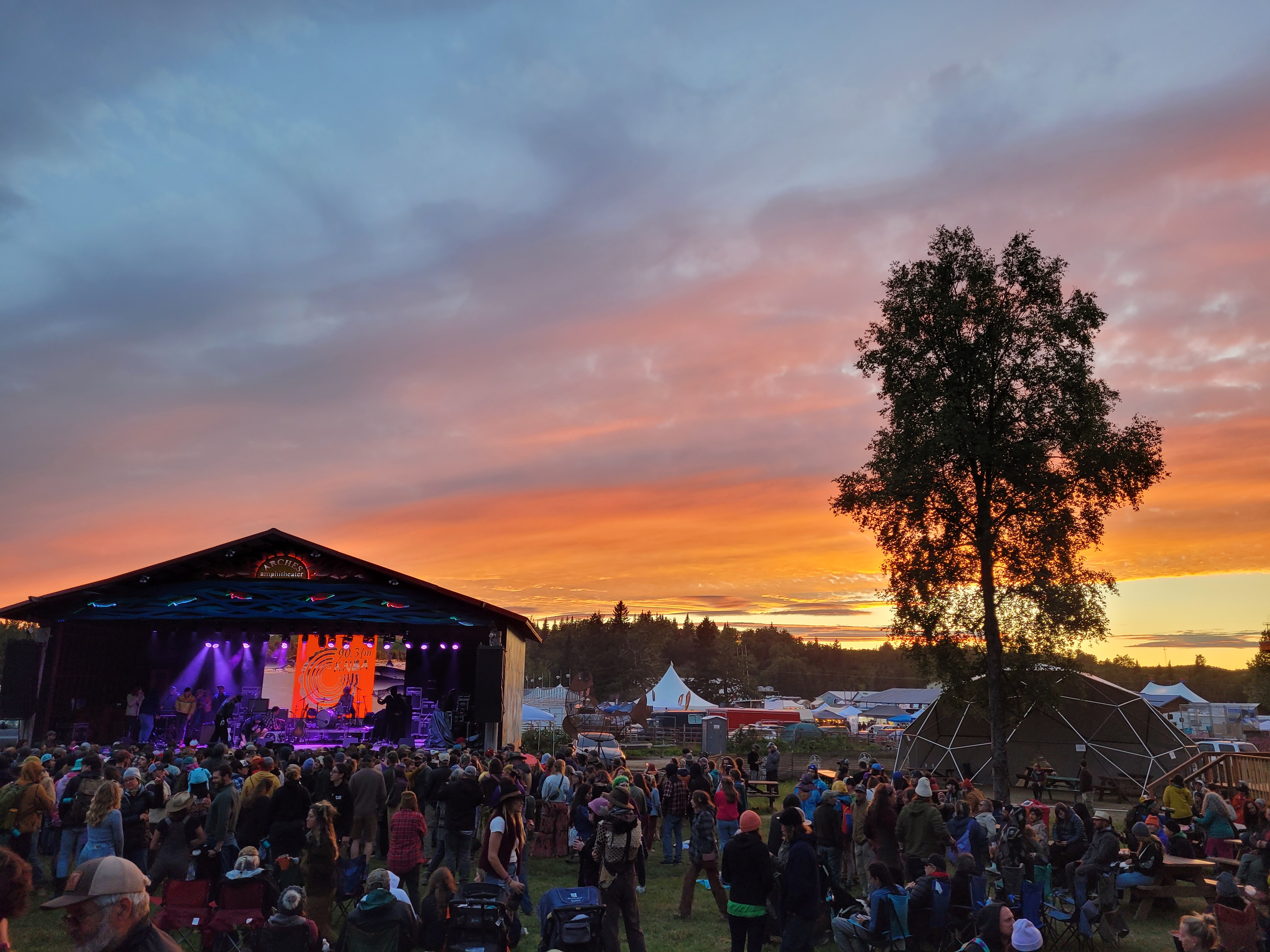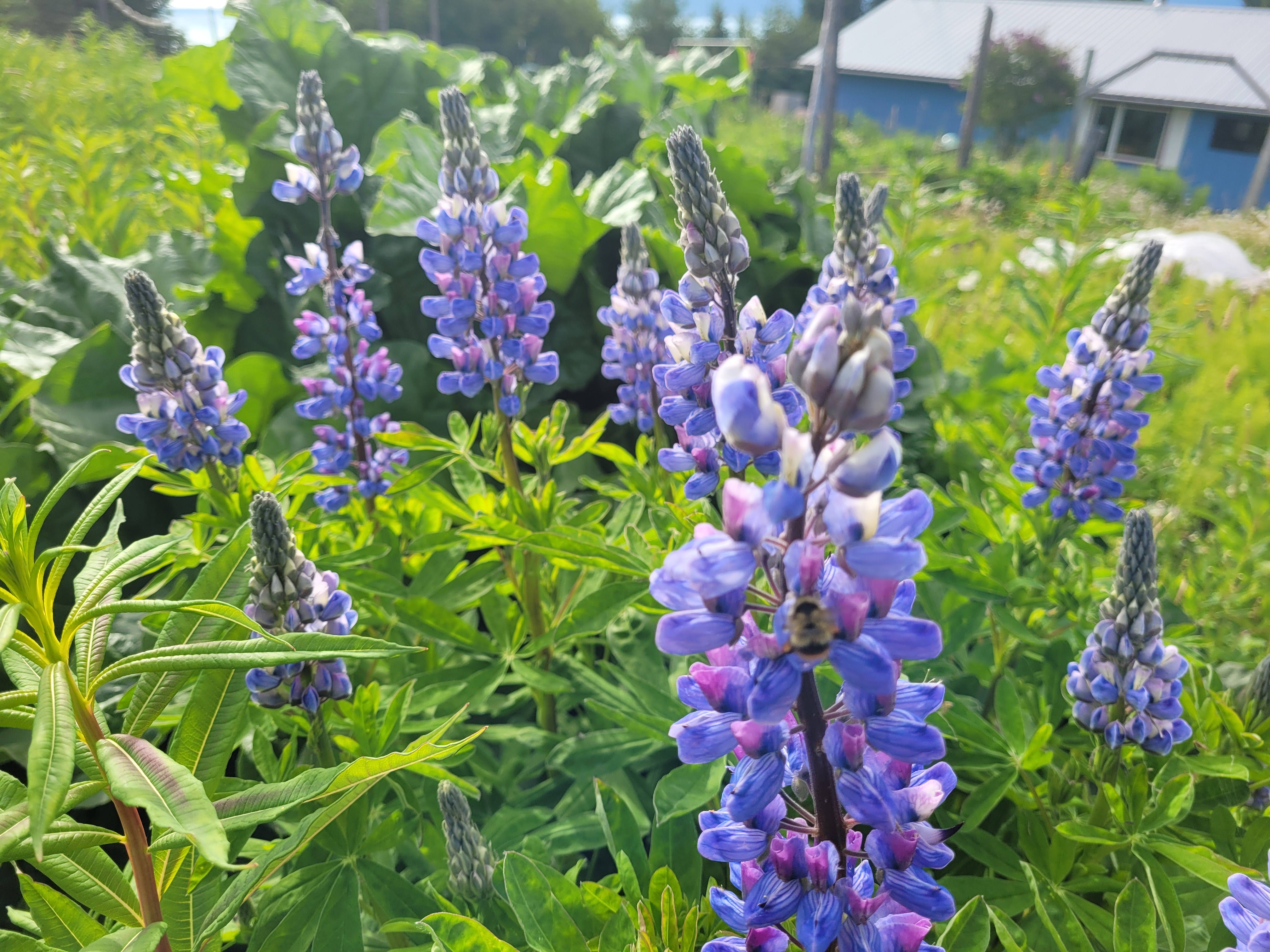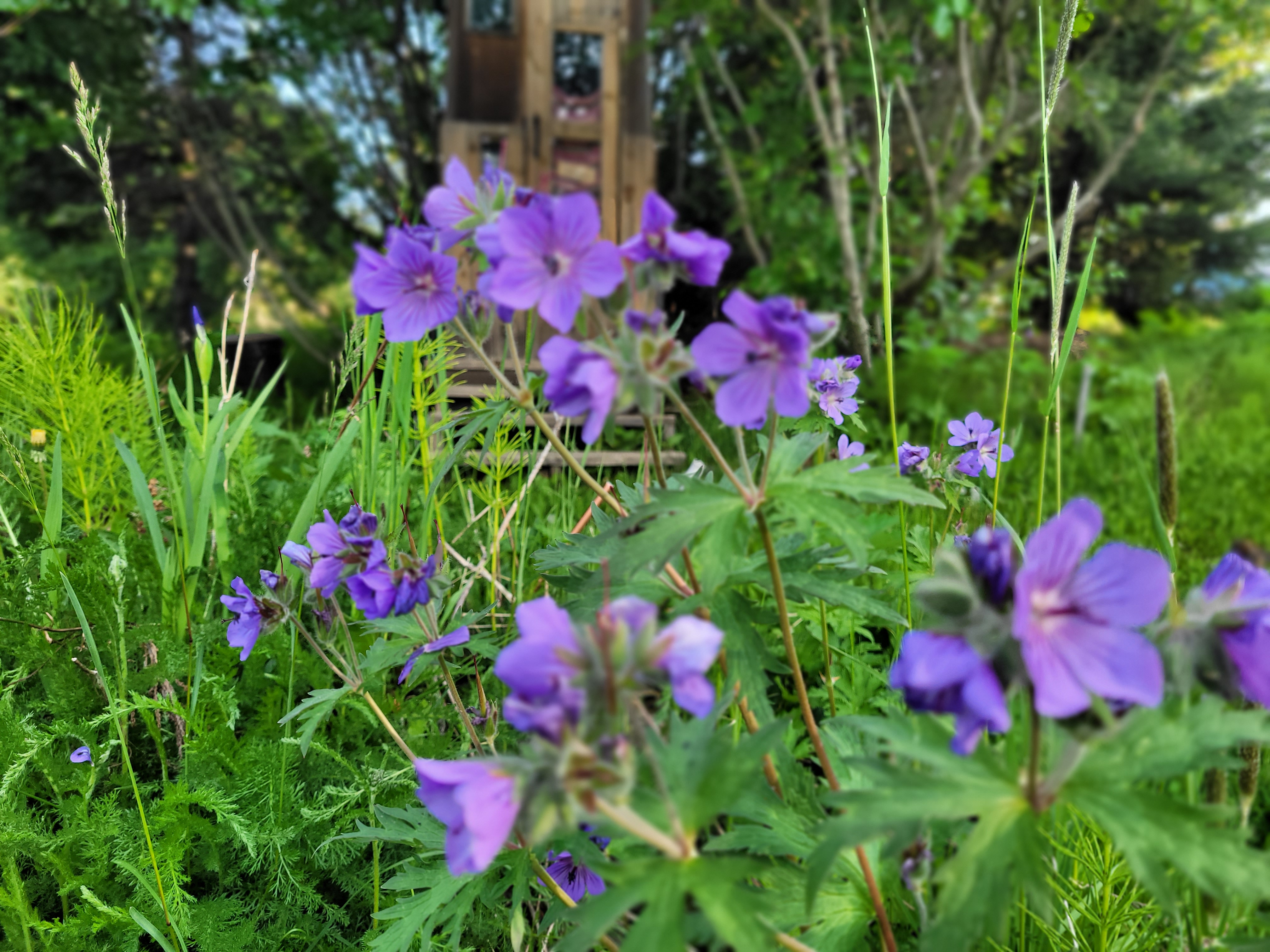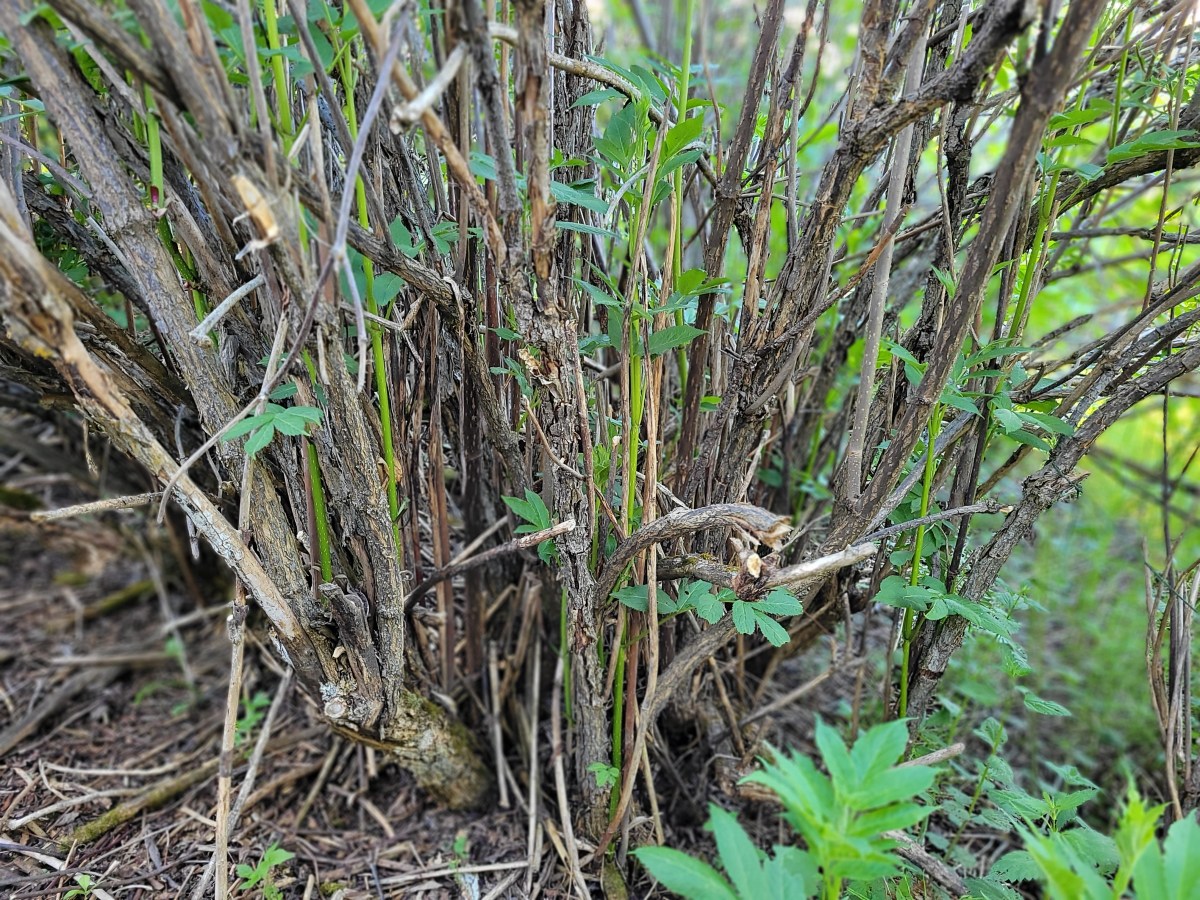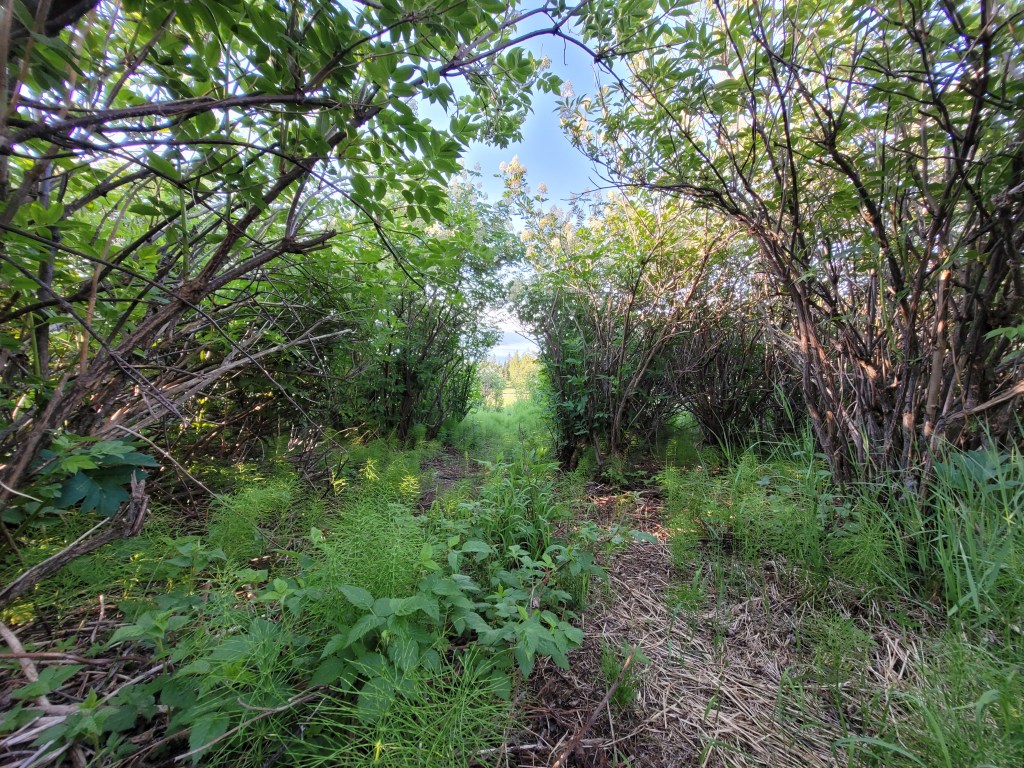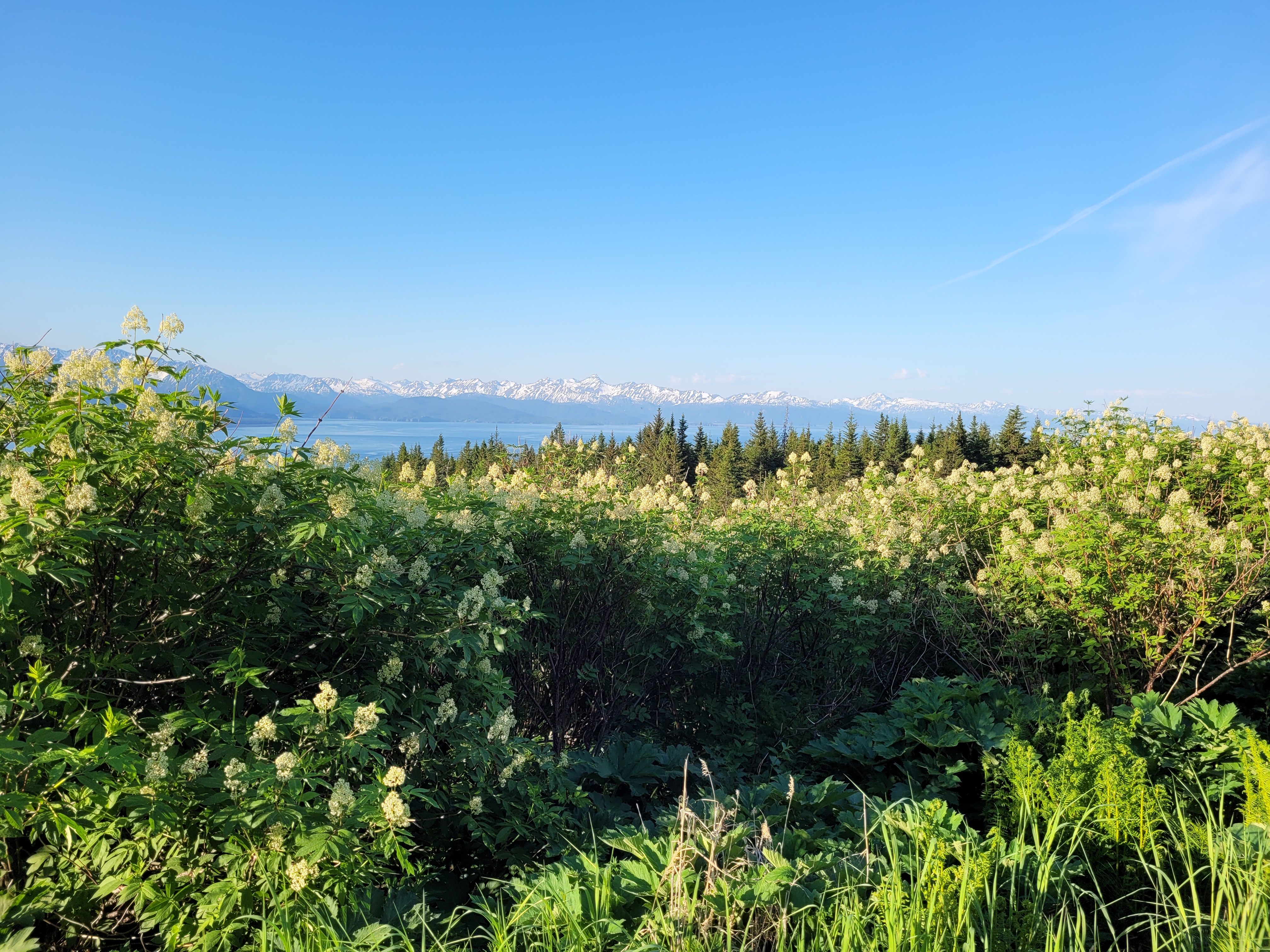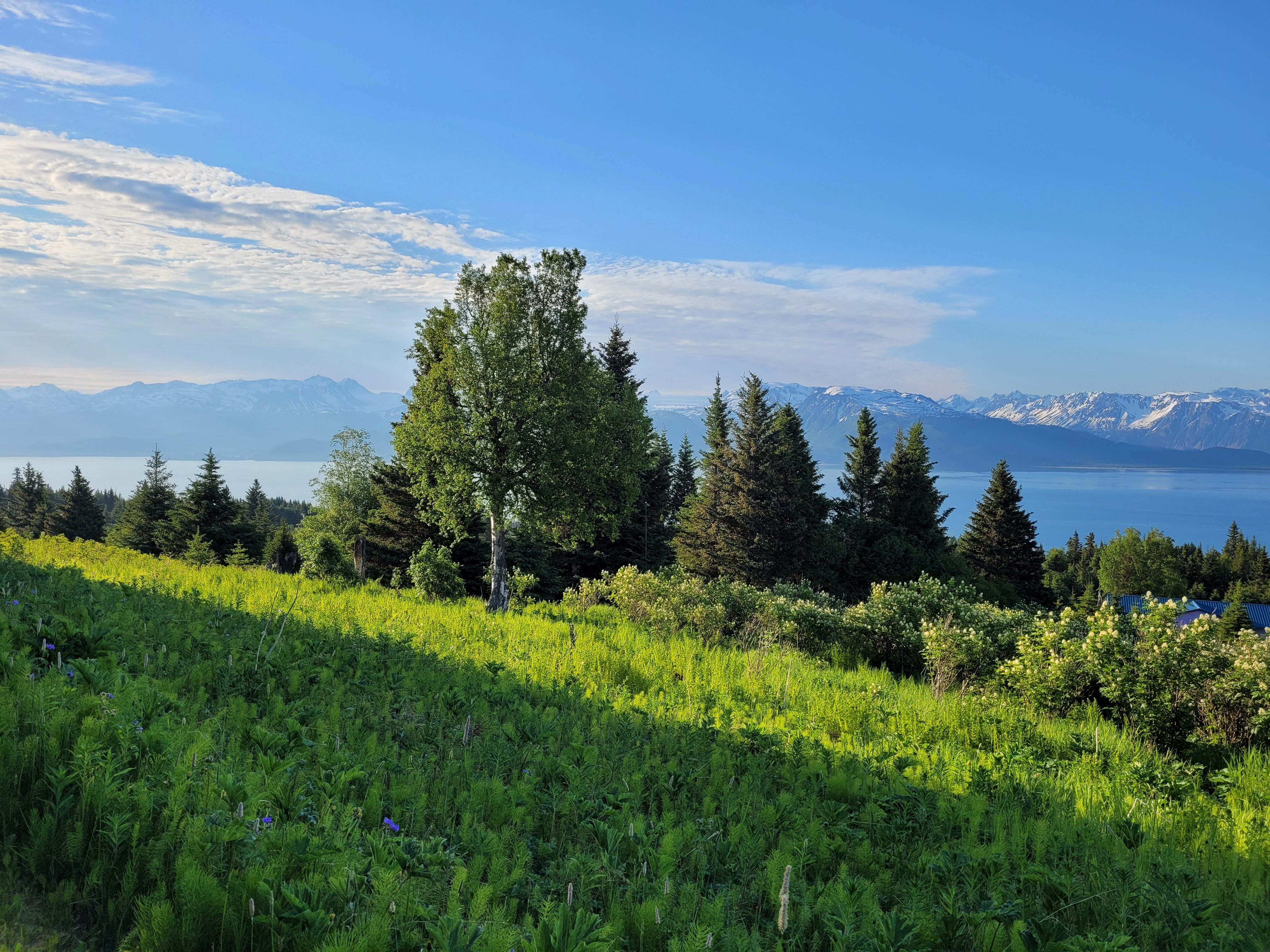Sometimes the universe gives us gifts and last Friday I was given a row of three seats to myself on the first leg of my journey home from Georgia. I was grateful for the space for all the obvious reasons, but also because it was at 30,000+ feet in the air somewhere between Atlanta and Seattle that it hit me that my dog Ripple wouldn’t be there to greet me when I got home.
I left for Atlanta to visit our daughter a week prior, knowing there was a good chance that Ripple would die while I was gone. She’d been winding down for the past month, eating less, growing weaker, sleeping more. I said my goodbyes to her over the course of a five day weekend at home before I left, lying on the floor with her at times, telling her what a good dog she’d been, and thanking her for all she’d given our family, which is more than she could possibly have known.
I left on a Wednesday and she died at home late in the day the following Friday with Dean and Dillon beside her.
It was 2008. Adella was a sixth grader and Dillon was a freshman in high school when Ripple joined our family. One Friday afternoon, in the spring of the year, a young woman in Dillon’s math class picked a black curly-tailed puppy with a white patch on her chest out of a litter that was being given away in front of Safeway. Dillon’s well-meaning friend thought the puppy would cheer up her mom who was going through a divorce at the time but, as you might imagine, as sweet as the girl’s intentions were, the mom didn’t have the bandwidth for a puppy. Her answer to keeping the dog was a clear no, with instructions to deliver her to the animal shelter immediately. Dillon witnessed the whole exchange between the mom and the daughter and couldn’t bear the thought of the puppy staying at the shelter over the weekend, so he hid her inside his coat, smuggled her onto the school bus, and brought her home.
Our lives were pretty chaotic, so it’s questionable whether or not we were ready to add a rambunctious puppy into our mix of chickens and dogs and adolescent children. But it only took a few days for us to see that this quirky pup brought something to our family that we hadn’t even realized had been missing.
Family life is hard sometimes, and complicated, even when there’s plenty of love to go around. There are personality conflicts, and guesswork, and lots of trial and error. There are hurt feelings and frustrations and overwhelm. All of this can lead to a pretty serious existence.
Laughter is what our family needed when Ripple came to us. She brought us lightheartedness, and with her goofy antics she brought us together when it would have been easier for us to retreat from one another. She didn’t have to try, she just had to be her authentic self and she would crack us up. She provided us with comic relief that we desperately needed and offered us a common place to direct our love and attention. With Ripple nothing was complicated. We just loved her.
What can I tell you about this dog? Besides being ridiculously cute, she took her role as a companion seriously. Early on, on a road trip to McCarthy, she decided that I was her primary person, and from then on, whether it was down the hall to the bathroom or outside in a blizzard to feed the chickens, she would follow me. If I wasn’t home she’d just as readily follow someone else. She loved tromping around the yard and garden and trails with us and always kept an eye out for anything that didn’t seem quite right, which is how she became to be known as the property manager.
Every morning sometime between 3:00 and 5:00am she’d jump up on the bed and curl up against my legs. I was never sure if it was out of affection or her need to monitor my movement as breakfast time approached, but her warm body curled up against my legs every morning might be the thing I’ll miss most now that she’s gone.
One of Ripple’s rare and most puzzling traits is what came to be known as her “water noise.” Consistent throughout her life, before taking a drink of water she’d let out a noise. Sometimes it was a quiet whine and other times it a full blown spectacle of song, some combination of a howl and cry that’s nearly impossible to describe with words. It made us laugh every single time we heard it. The water noise was proportionately louder and longer the happier and more excited she was, and since she was always excited for breakfast her water noise was often the first thing we’d hear in the morning.
***
On the last day of my visit to Georgia, Adella and Ally took me to Atlanta’s historic Oakland Cemetery to stroll among the flowering trees and headstones. Other than a few gardeners and maintenance folks, we were alone.


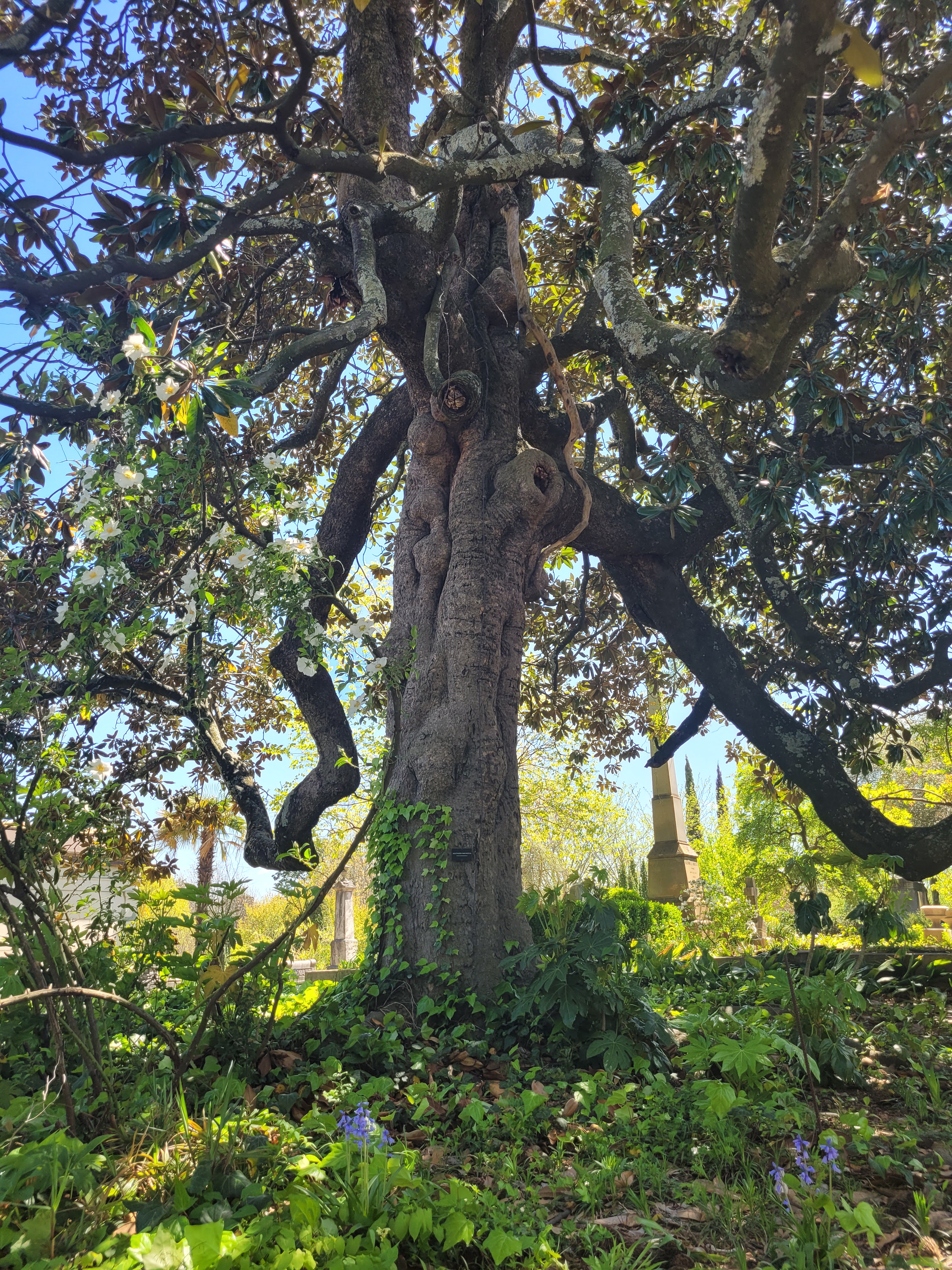
Some of the gravestones were of those who’d lived full lives, like Mrs. Talitha Dison who was born on Feb 16, 1864 and died on Oct 29, 1937. Others were monuments to young men whose lives were cut short by war. On one family’s plot the two most elaborate monuments memorialized two children, a beloved son who died at age three and a daughter who died at age five. The siblings’ lives did not overlap, but followed one after the other. Four more siblings who went on to live long lives were born after the first two lived and died. Their headstones were modest in comparison.
As we walked the brick pathways between family burial plots it seemed natural to talk about those we’d known and loved who’d gone before us, grandparents, parents, friends, beloved pets. From there it was an easy segue to the subject of our own inevitable departures.
When we brought Ripple into our family we weren’t thinking about how we’d have to say goodbye to her one day, even though we knew it was part of the deal. Dogs go from playful puppies to aged elders in what seems like a few short years and watching their lives unfold reminds us that none of us are immune. We’re all the same in that way. Here for just a while.
Dean’s Aunt Kathy, who passed on just last year, told us one time that she believed our purpose for living was to learn how to love. I’ve thought about that so much and I’ve come to agree with her. Through this lens everything and everyone becomes a teacher. Good teachers don’t bring new things into existence as much as they help us see what’s already there, they give us a deeper understanding. Ripple was with us for sixteen years and our love for her was as pure as love can be. It was uncomplicated and unconditional, and even though she wasn’t always the easiest dog, loving her was the easiest thing ever. For our family, she brought to the surface what was there all along.



